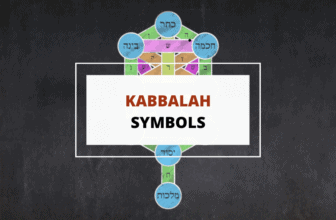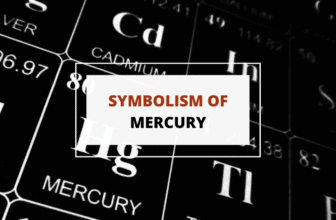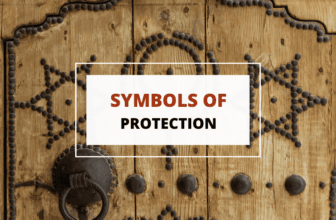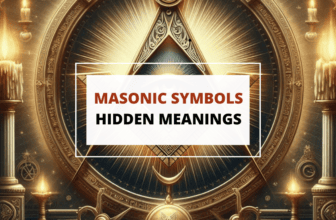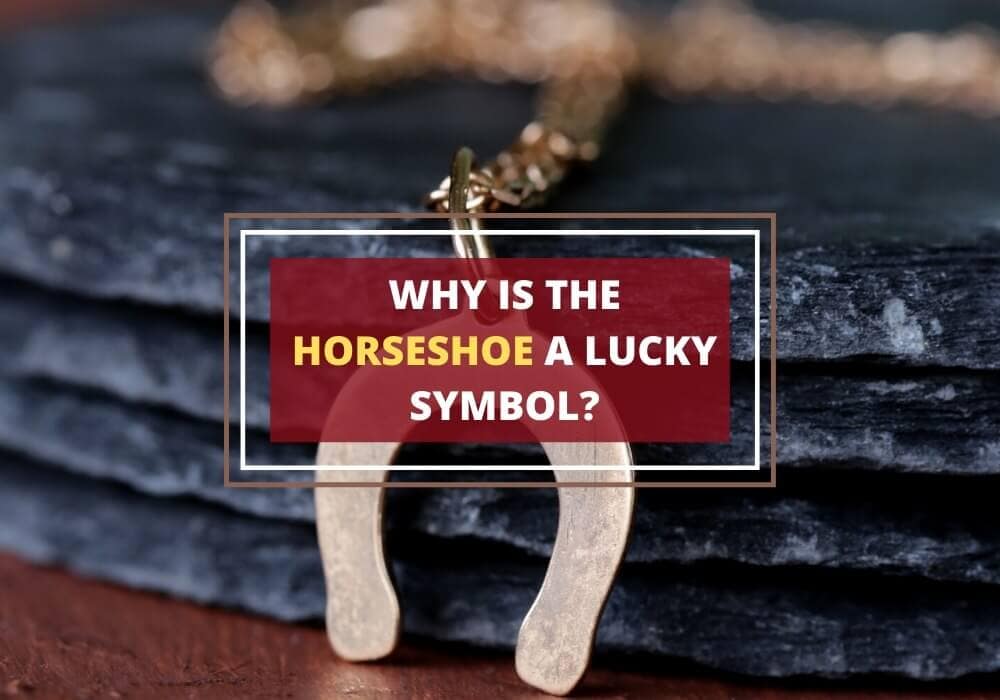
Table of Contents
Horseshoes served a practical purpose, protecting a horse’s hooves as they go about their business. Over time, this symbol of the horseshoe began to acquire other meanings, most notably as a symbol of luck.
Even today, the horseshoe symbol is prevalent in our societies, as a sign of good fortune. It can be seen on jewelry, artwork and clothing.
Here’s a look at how a practical object became a highly sought after symbol.
History of Lucky Horseshoes
The notion that horseshoes are lucky items can be traced back not to the Western cowboys but to Irish folklore and culture, much like the four-leaf clover and leprechauns. But unlike other stories of lucky charms, the legend commonly associated with the lucky horseshoe is not about paganism but actually a Christian one that dates back to 959 AD to the story of St. Dunstan and the Devil.
Legend has it that St. Dunstan was a blacksmith busily working in his forge when the Devil, disguised as a pretty woman, paid him a visit several times in order to tempt him.
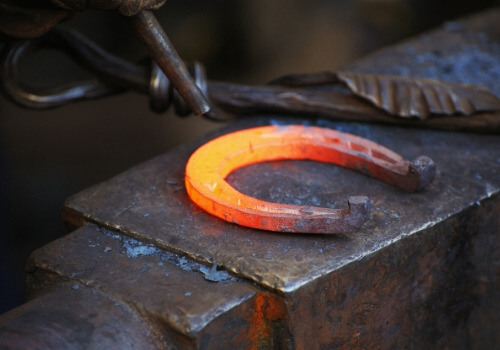
During his first visit, the Devil disguised himself as a gorgeous woman who wanted to lead Dunstan out of the forge. But the blacksmith recognized that the woman had cloven hooves showing beneath her dress. Knowing this was the Devil, he immediately grabbed the creature by the nose with his red-hot tongs.
Now on the Devil’s next visit, he disguised himself as a weary traveller who asked Dunstan for a horseshoe. The wise saint once again saw through the Devil’s intentions and beat him like a pulp.
But the Devil did not learn his lesson and made one last attempt to persuade Dunstan. This time, he went to him and asked him to re-shoe his horse. But instead of the animal, Dunstan nailed a horseshoe to the Devil’s hoof which was very painful. Dunstan agreed to remove the red-hot horseshoe from the Devil’s foot if it swore never to enter a place where a horseshoe is nailed to the door.
From then on, people believed that a horseshoe could actually keep evil spirits and even the Devil himself away and bring them good fortune instead. As for Dunstan, he went on to become the Archbishop of Canterbury and became an important figure.
In addition to the story of St. Dunstan, a horseshoe is also considered a lucky charm because being a blacksmith is believed to be a lucky trade. Some people also think that iron is a magical metal because it is fireproof. This is why it’s believed that during the Middle Ages, witches feared horses because of the iron horseshoes they wear. Another reason is that horseshoes normally tend to have 7 nails in them, which is also a lucky number.
Meaning and Symbolism of the Horseshoe
There is also the debate on to how to properly hang horseshoes at the door or basically in front of a person’s house. There is really no right way of hanging a horseshoe. It can either be upright or turned upside down depending on the purpose of this lucky charm.
These are just some of them:
- Protection – Because of its religious background and its iron material, horseshoes are generally believed to help protect people from evil spirits, demons, and even witches. It’s typically hung on a door or an external wall to keep evil away.
- Attracting luck – If a horseshoe is hanging heels up like the letter U, it’s believed to act as a bowl that catches all the good luck raining down from the sky for the homeowner.
- Flowing down luck – If a horseshoe is hanging heels down, it means that whoever walks underneath it will receive luck.
- Relationship to the Moon – The symbol of the horseshoe is not just taken for its literal meaning. For one, the Chaldeans of Ancient Europe believe that horseshoes are lucky because of its crescent shape that mimics the moon.
One interesting caveat to the lucky horseshoe is that good luck only comes to those who own the horseshoe. Stealing, borrowing or buying the horseshoe will not provide the same luck as finding it. Today, finding a real horseshoe is almost impossible, unless you leave near a ranch and work with horses. This is why gifting a horseshoe symbol is an excellent way for the receiver to ‘find’ the luck of a horseshoe.
Use in Jewelry and Fashion
Because of its cute design and its religious and magical connotations, the horseshoe is a popular design for several accessories. It’s famous as a charm for necklaces and bracelets, and as a design for beautiful earrings and pendants. The design lends itself to many styles, from minimalist to dramatic. For added meaning, jewelers sometimes use gemstones like birthstones for the nails of the horseshoe. Below is a list of the editor’s top picks featuring the horseshoe symbol.
In the olden times, Celtics would sew horseshoe embroidery on wedding gowns. This tradition continues even today, as the horseshoe is still used in wedding motifs and sometimes given as wedding gifts.
But that’s not all. Famous brands have also used the horseshoe in one way or another to possibly protect them from bankruptcy and attract fortune. These include Dickies, Salvatore Ferragamo’s Gancini logo, and even the True Religion Apparel.
In Brief
The horseshoe remains one of the best symbols for luck and good fortune, with roots that go back to both Christianity and magic. Despite several interpretations of its origins, the horseshoe’s symbolism remains the same: warding off misfortune to those who own it.







